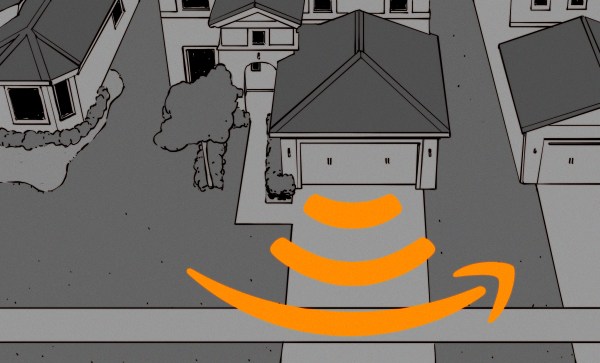After Richard Branson delivered some inspiring words from his seat aboard SpaceShipTwo Unity, he unbuckled himself and started to float around the vehicle’s cabin along with three other Virgin Galactic employees. Reaching an apogee of 86 kilometers (53 miles), the passengers enjoyed four minutes of weightlessness during the July 2021 flight that was live-streamed over the Internet to an audience of millions. After years of delays, SpaceShipTwo had finally demonstrated it was capable of taking paying customers to the edge of space. As far as victories go — it was pretty impressive.
Yet despite the spectacle, weeks and months went by without an announcement about when commercial flights of the world’s first “spaceline” would finally begin. Now, nearly two years after Branson’s flight, Unity has flown again. Except instead of carrying the first group of customers, it performed the sort of un-powered test flight that Virgin Galactic hasn’t performed since 2017. Clearly, something didn’t go to plan back then.

The company is being as tight-lipped as ever, saying only that this test flight was necessary to “evaluate the performance of the spaceship…following the modification period.” The exact nature of these modifications is unclear, but for some hints, we could look at the New Yorker article from September 2021. It alleged that, unwilling to derail Branson’s highly publicized flight, Unity’s pilots decided not to abort their ascent despite several warning lights in the cockpit alerting them that the vehicle’s trajectory was deviating from the norm. Virgin Galactic later denied their characterization of the event, but the fact remains that Unity did leave its designated airspace during the flight, and that the Federal Aviation Administration grounded the spacecraft until an investigation into the mishap could be completed. Continue reading “Virgin Galactic Cautiously Returns To Flight”







 Here’s a simple FET circuit that lets you switch power to, say, a USB port, kind of like a valve that interrupts the current flow. This circuit uses a P-FET – to turn the power on, open the FET by bringing the GATE signal down to ground level, and to switch it off, close the FET by bringing the GATE back up, where the resistor holds it by default. If you want to control it from a 3.3 V MCU that can’t handle the high-side voltage on its pins, you can add a NPN transistor section as shown – this inverts the logic, making it into a more intuitive “high=on, low=off”, and, you no longer risk a GPIO!
Here’s a simple FET circuit that lets you switch power to, say, a USB port, kind of like a valve that interrupts the current flow. This circuit uses a P-FET – to turn the power on, open the FET by bringing the GATE signal down to ground level, and to switch it off, close the FET by bringing the GATE back up, where the resistor holds it by default. If you want to control it from a 3.3 V MCU that can’t handle the high-side voltage on its pins, you can add a NPN transistor section as shown – this inverts the logic, making it into a more intuitive “high=on, low=off”, and, you no longer risk a GPIO!










